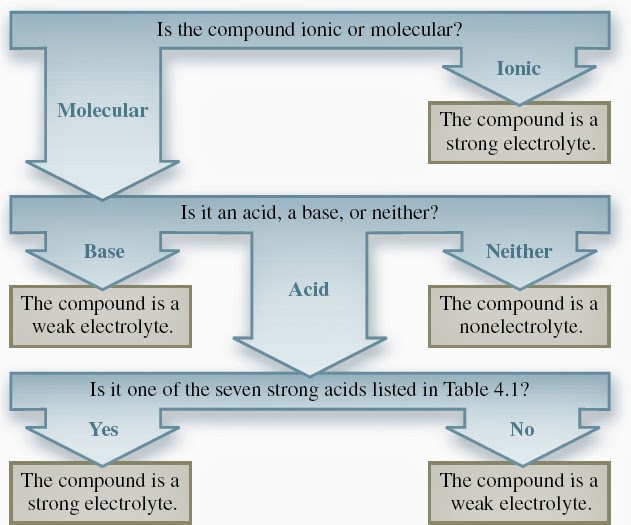Questions :
1.How is the geometry of a molecule defined, and why is the study of molecular geometry important?
it is a three dimensional arrangement constitute a molecule .
2.How many atoms are directly bonded to the central atom in a tetrahedral molecule, a trigonal bipyramidal molecule, and an octahedral molecule?
- Tetrahedral : four atoms .
- Trigonal bipyramidal : five atoms .
- Octahedral : six atoms .
3.Explain why the magnitude of repulsion decreases in the following order: lone pair–lone pair > lone pair–bonding pair > bonding pair–bonding pair.
This order is true because lone pairs electrons have more repulsion energy than bond electrons .
4.In the trigonal bipyramidal arrangement, why does a lone pair occupy an equatorial position rather than an axial position?
Lone pairs are more repulsive than a normal bond, so naturally it wants to be as far away from everything as possible.
5.Explain why the CH4 molecule is not square planar, although its Lewis structure makes it look as though it could be.
Because there is no lone pair on the central atom , which is C , to make it square planner .
Its shape is Tetrahedral .
6.Predict the geometries of the following species using the VSEPR method:
$$PCl_3$$
$$Trigonal\; pyramidal $$
$$CHCl_3$$
$$Tetrahedral$$
$$SiH_4$$
$$Tetrahedral$$
$$TeCl_4$$
$$Seesaw$$
7.Predict the geometry of the following molecules and ion using the VSEPR model:
$$CBr4$$
$$Tetrahedral$$
$$BCl_3$$
$$Trigonal\; planner$$
$$NF_3$$
$$Trigonal\; Pyramidal$$
$$H_2Se$$
$$Bent$$
$$(NO_2)^-$$
$$Bent$$
8.Determine whether (a) BrF5 and (b) BCl3 are polar.
BrF5 is Polar but BCl3 is nonpolar .
BrF5 is Polar but BCl3 is nonpolar .
4.jpg)











